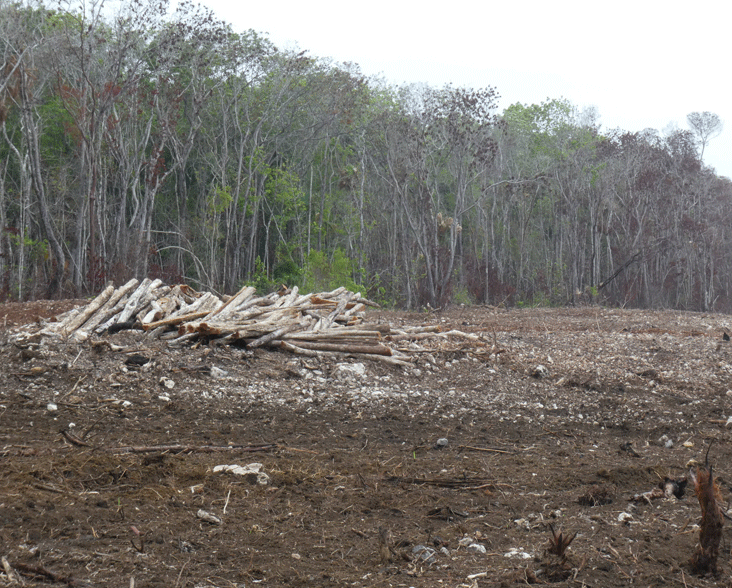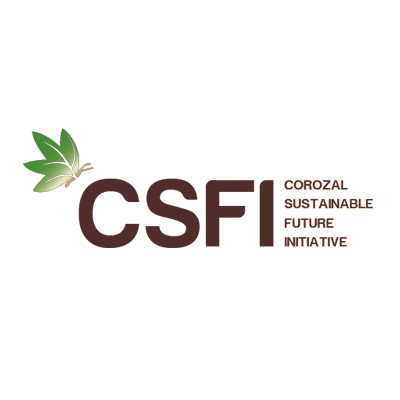Ecoregion: Yucatán moist forests
Key Species: Jaguar, Puma, Ocelot, Margay, Baird’s Tapir, Geoffroy’s Spider Monkey, Keel-billed Toucan, Ornate Hawk-eagle
The North-eastern Biological Corridor aims to protect an area of approximately 88,500 acres in northern Belize, conserving a huge area of tropical forest and lagoons, that would otherwise be lost to deforestation. The corridor includes three protected areas managed by Corozal Sustainable Future Initiative (CSFI), a programme partner of World Land Trust in Belize.
Project PartnerCorozal Sustainable Future Initiative (CSFI)

Conservation action
CSFI currently manage around 58,000 acres of habitat within the corridor, situated in Belize’s Corozal department, including three protected areas – Shipstern Nature Reserve, Freshwater Creek Forest Reserve and Honey Camp National Park.
World Land Trust’s Jungle for Jaguars appeal raised funds to purchase 8,154 acres, and our Buy an Acre programme is supported the purchase of a further 1,818 acres, at £100 per acre, in April 2019.
Biological importance
These forests are an important stronghold for Jaguars, with 22 individuals recorded in the area, identified from their unique rosette markings using camera traps. The corridor is also home to Baird’s Tapir and Geoffroy’s Spider Monkey, both classified as Endangered, as well as the other four species of Belize’s wild cats (Ocelot, Margay, Puma and Jaguarundi).
Bird species such as Ornate Hawk-eagle, Black Catbird, Keel-billed Toucan make their home within the Belizean jungle, alongside many species of hummingbirds.
The flora in the area is equally diverse, with rare forest types only found in a few isolated areas across the Yucatan Peninsula.

